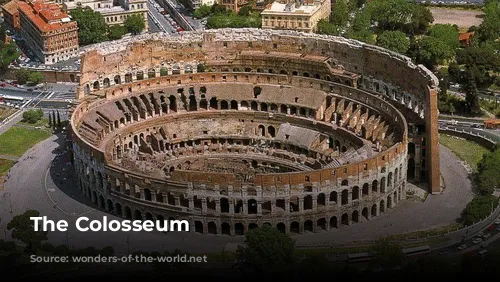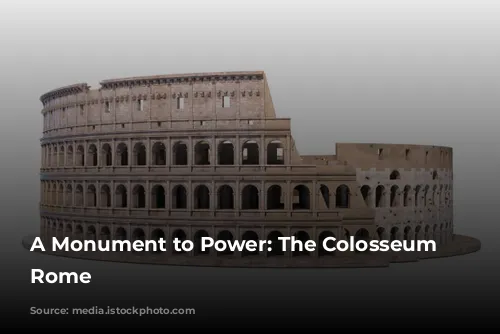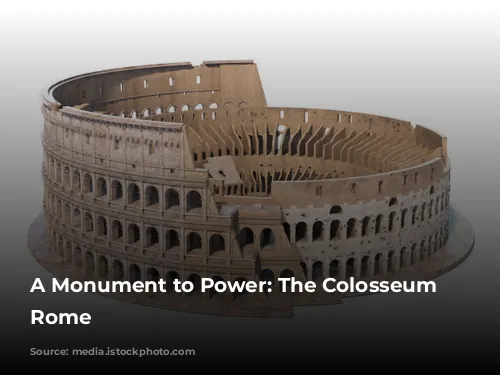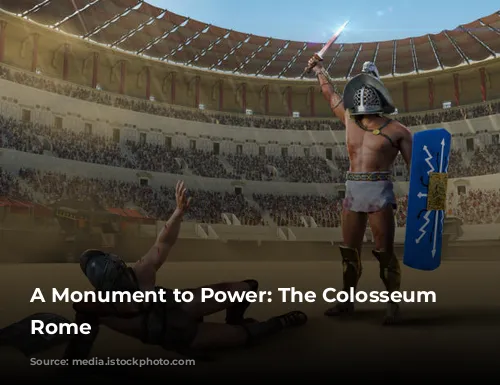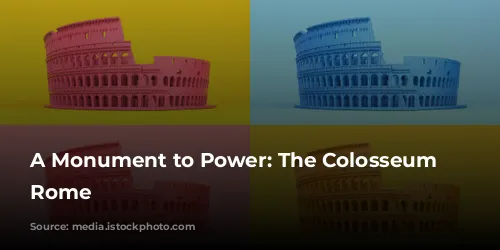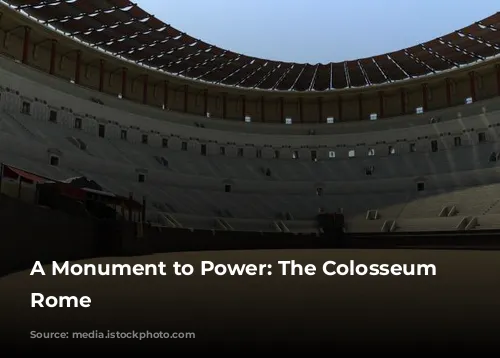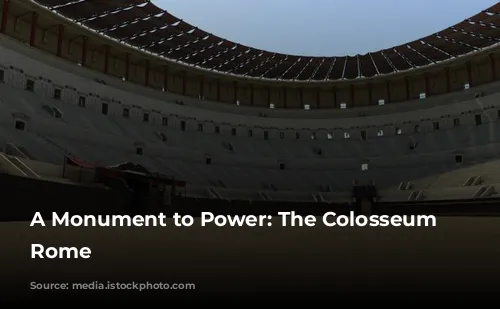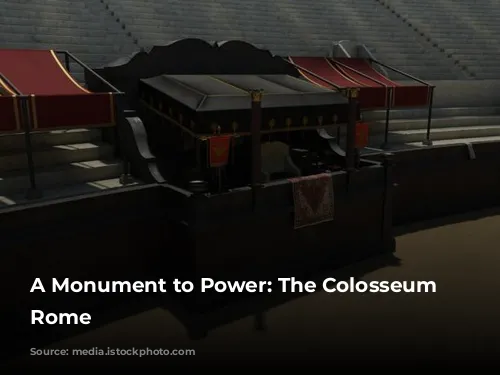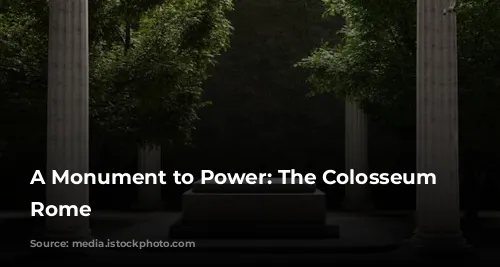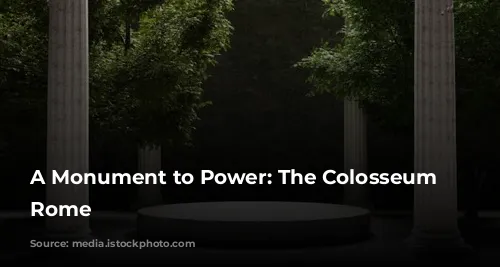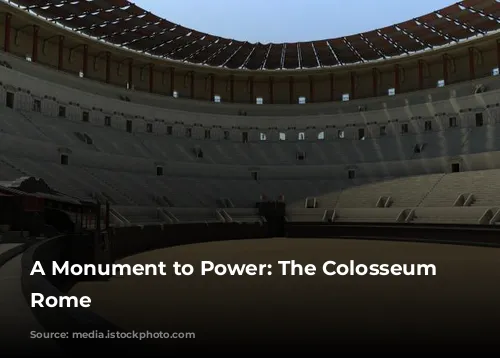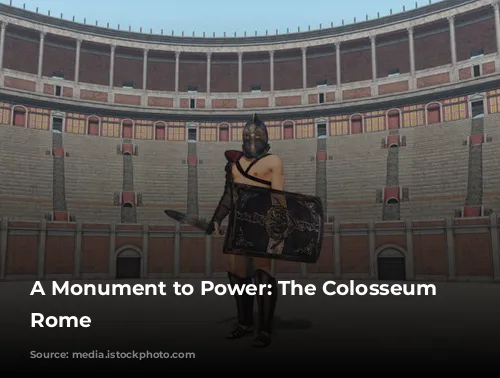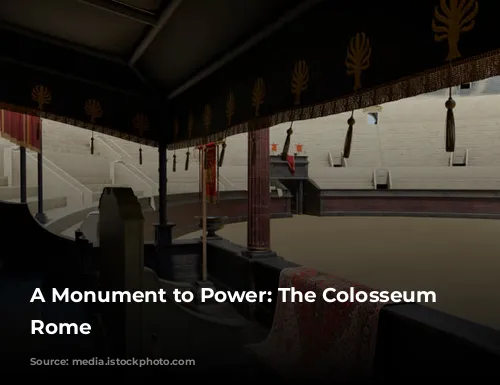The Colosseum stands as a testament to the immensity of the Roman Empire, a spectacle that dwarfs all other amphitheaters of its time. Its sheer size was no accident; it was a deliberate statement of Rome’s unmatched might and power, a symbol of its dominance over the known world.
A Giant Among Giants: The Colosseum’s Size
This awe-inspiring structure, while often perceived as a perfect circle, is actually an elliptical marvel, resembling the shape of an egg. This unique form is emphasized by the dramatic difference between its length and width, stretching 187.75 meters long and only 155.60 meters wide. Reaching a towering height of 50.75 meters, the Colosseum dwarfs the surrounding landscape, a reminder of the empire’s grandeur.
A Stage for Spectacle: The Arena and Terraces
The Colosseum’s heart is the vast arena, measuring 83 meters long and 48 meters wide. This central space was the stage for gladiatorial combats, wild animal hunts, and other spectacles that captivated the Roman populace. Surrounding the arena, a series of terraces provided seating for the spectators, offering a hierarchy of views based on social status.
A Legacy of Design: The Colosseum’s Architectural Heritage
The Colosseum’s oval form wasn’t unique to Rome. Throughout the Roman Empire, amphitheaters were designed with this characteristic shape. The Colosseum’s distinctive facade is composed of 80 arcades arranged across three levels, each arcade measuring 4.2 meters wide. The lower arcades stand slightly taller, reaching a height of 7.05 meters, compared to the 6.45 meters of the upper two levels.
The Colosseum’s Capacity: A City Within a City
The Colosseum was a venue for mass entertainment, capable of accommodating a staggering 75,000 to 80,000 people, a number comparable to the population of a medium-sized city today. On days of spectacles, Rome’s streets emptied as its citizens flocked to the Colosseum, highlighting the arena’s immense significance in Roman society.
A Hierarchy of Seating: Reflecting Social Order
The Colosseum’s seating arrangement reflected the rigid hierarchy of ancient Roman society. The most important citizens occupied the best seats, while those of lesser status were relegated to less desirable spots. This intricate system ensured that social order was maintained within the amphitheater’s walls.
Beyond Rome: A Look at Other Roman Amphitheaters
While the Colosseum stands as the largest and most famous amphitheater, other Roman arenas across the empire showcase the architectural prowess and cultural influence of Rome. The amphitheater of Leptis Magna in North Africa, constructed in 56 AD, boasts impressive dimensions of 121 x 111 meters, housing an arena of 57 x 47 meters.
Further afield, the amphitheater of Pompeii, built in 80 BC, is one of the oldest permanent Roman amphitheaters, measuring 135 x 104 meters with an arena of 67 x 35 meters. This well-preserved structure provides a glimpse into the ancient world’s fascination with gladiatorial combat and entertainment.
In France, the arenas of Nîmes, constructed around 90 AD, rival the scale of the Colosseum, measuring 133 x 101 meters with an arena of 69 x 38 meters. Spain’s city of Merida also boasts the ruins of a Roman amphitheater, built in 8 BC, measuring 126 x 65 meters.
Finally, the amphitheater of Pula in Croatia, built in 79 AD, is contemporary with the Colosseum and measures 133 x 105 meters. These impressive structures showcase the global reach of Roman architecture and the enduring fascination with spectacles and entertainment across the ancient world.
The Colosseum: A Legacy of Spectacle
The Colosseum stands as a testament to the grandeur of the Roman Empire, a monument to power, spectacle, and the enduring human fascination with entertainment. Its size and design were intentional, meant to awe and inspire, showcasing Rome’s dominance and leaving a lasting mark on history. Even today, the Colosseum remains a symbol of Rome’s legacy, captivating visitors from around the world with its size, history, and enduring power.
